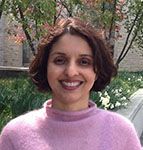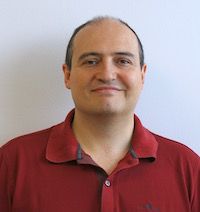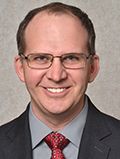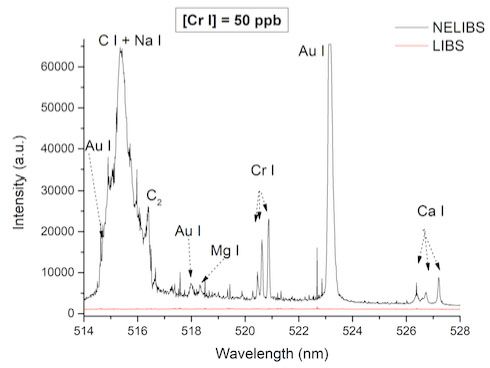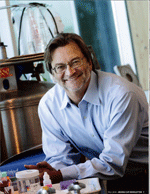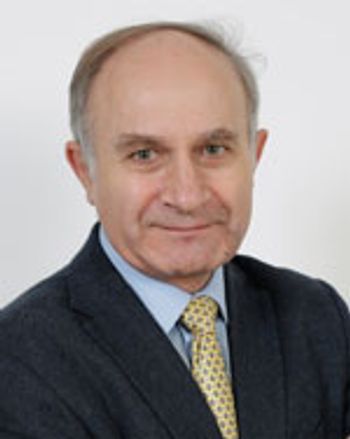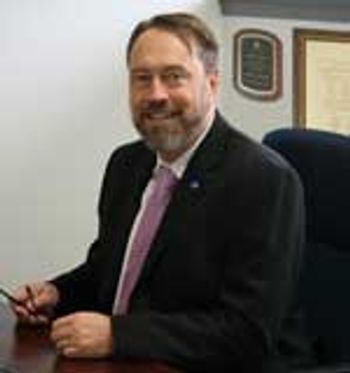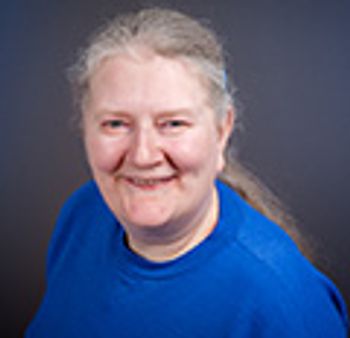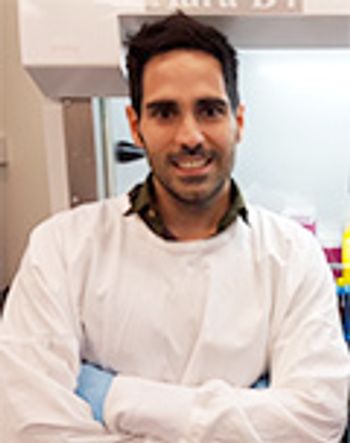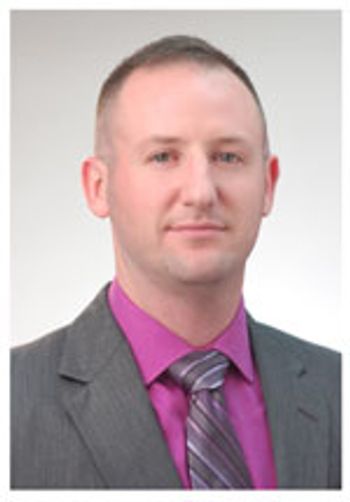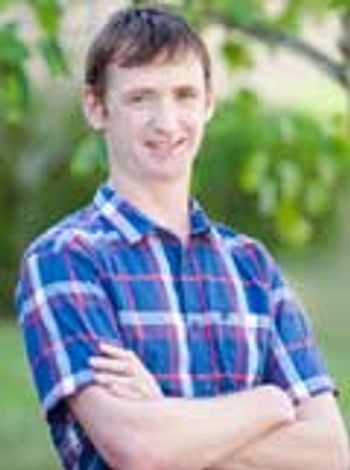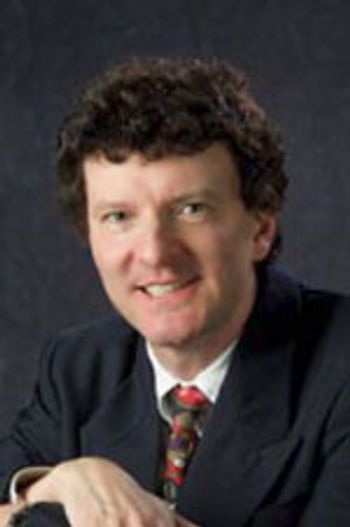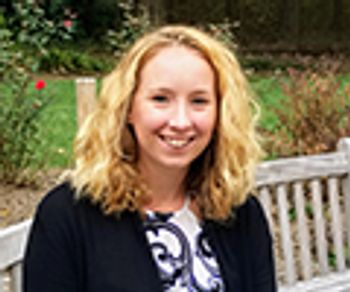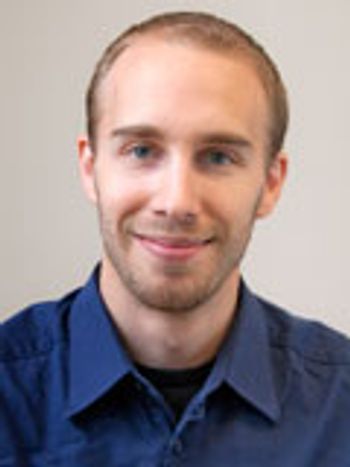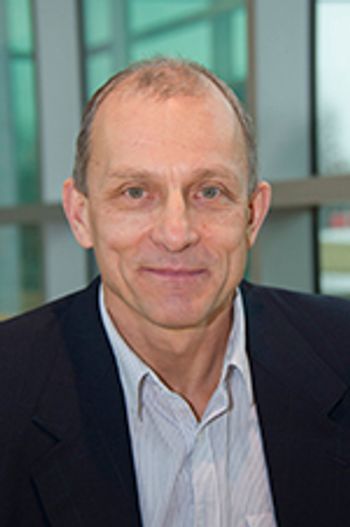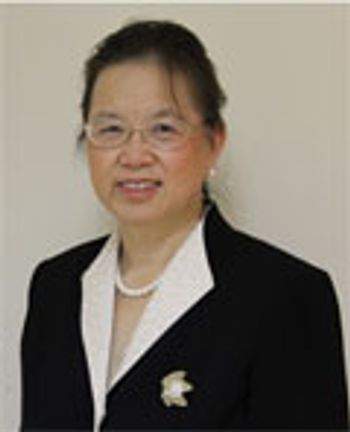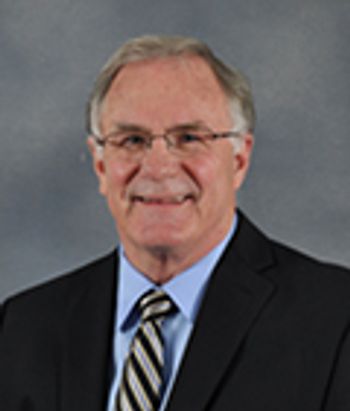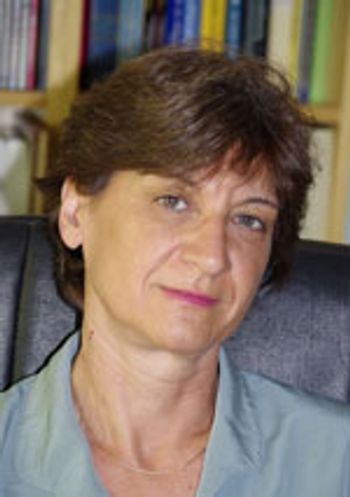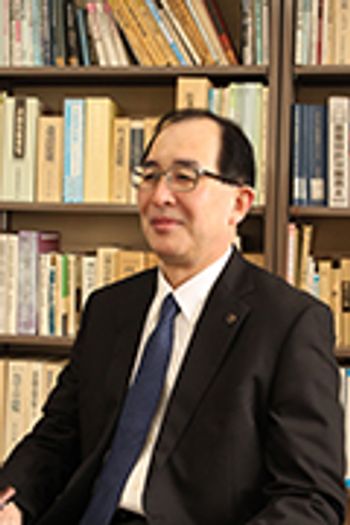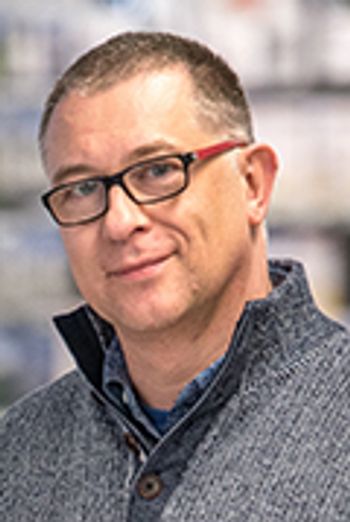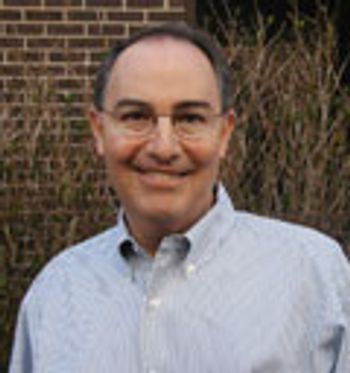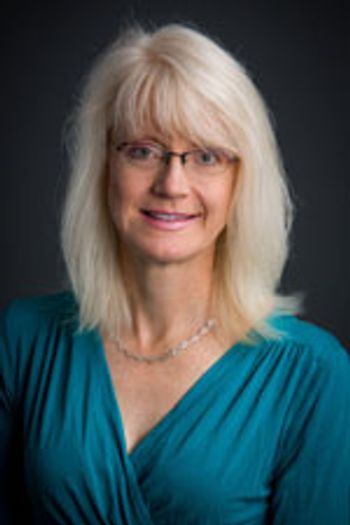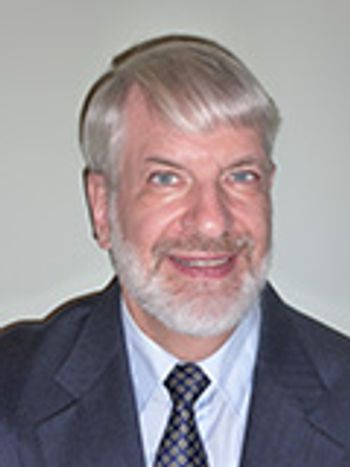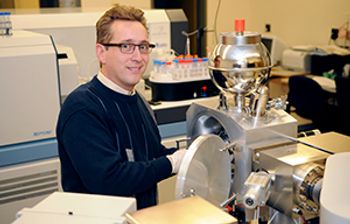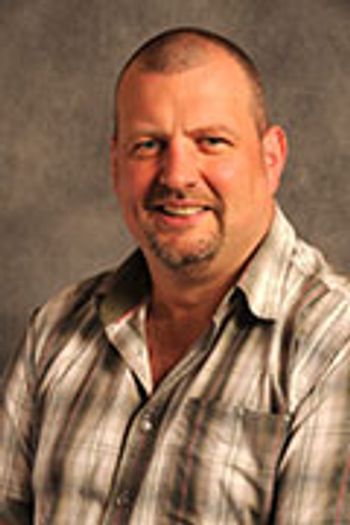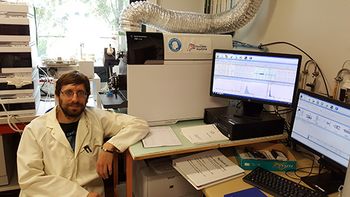
Yeast grown on selenium-rich media is used in various ways as a nutritional supplement, and may have a role in treatments for the prevention of prostate and colon cancer. However, the mass balance of the selenium species identified in this material often does not reach 100%, suggesting the presence of unaccounted forms of selenium. In this context, the research team of Joanna Szpunar and Ryszard Lobinski at the Institute of Analytical Sciences and Physico-Chemistry for Environment and Materials (IPREM), affiliated at the French National Research Council (CNRS) at the University of Pau, France, decided to investigate the hypothesis that the “missing” selenium was in the form of biogenic nanoparticles. Dr. Javier Jiménez Lamana, a post-doctoral fellow in the group, spoke to us about his work to overcome the size-detection limitations of existing analytical methods necessary to test that theory.

